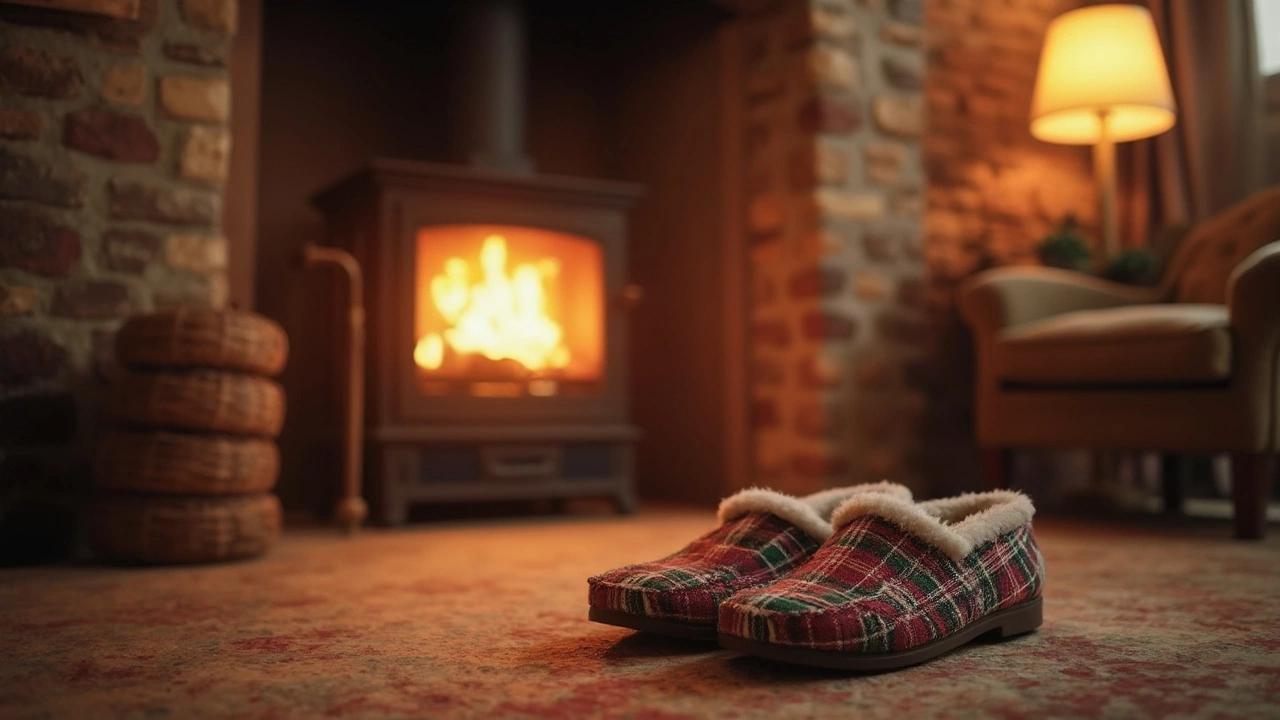British Terminology in Fashion: What UK Words Really Mean
If you’ve ever watched a British TV show or shopped online from a UK site, you’ve probably heard words that sound familiar but mean something different. Words like trainers, slippers, or even boot can throw you off if you’re used to American English. This guide breaks down the most common fashion terms you’ll meet across the pond, explains why they matter, and shows you how to use them without sounding pretentious.
Why Knowing British Terms Helps Your Style
First off, using the right term shows you respect the culture you’re borrowing from. It also avoids confusion when you’re reading product descriptions or asking a sales assistant for help. For example, ask for "trainers" instead of "sneakers" in a London store and you’ll get a smile instead of a puzzled look. Knowing these words also lets you shop smarter online – you’ll find the exact item you want when you type the right keyword.
Top British Fashion Words You’ll Hear
Trainers – The UK version of “sneakers.” Anything you’d lace up for a run, a casual day out, or a gym session is called a trainer. Look for brands like Adidas, Nike, or local makers when you see “trainers” on a product page.
Slippers – In Britain, “slippers” are the indoor footwear you wear around the house. They’re not the same as “shoes” you’d wear outside. If you see a sale for “cozy slippers,” expect something soft, often with a rubber sole for indoor grip.
Boot – While Americans use “boot” for any tall shoe, the British often reserve it for sturdy, weather‑proof styles like “Chelsea boots” or “wellies” (Wellington boots). A “dress boot” is a sleek option for smart‑casual looks, whereas “rain boots” keep your feet dry in a downpour.
Jacket vs. Coat – In the UK, a jacket is usually lighter, waist‑length, and meant for milder weather. A coat is longer, thicker, and designed for colder months. If a UK retailer lists a “winter coat,” expect something that goes past the hips and has insulation.
Outerwear – This umbrella term covers everything you wear on top, from parkas to trench coats. British shoppers often look for “water‑resistant outerwear” during the rainy season, so keep an eye on fabrics like Gore‑Tex or waxed cotton.
Now that you’ve got the basics, here are a couple of quick tips for using these terms in everyday conversation:
- When you’re complimenting someone’s shoes, say, "Nice trainers!" instead of "Nice sneakers!"
- If you’re asking for advice in a store, try, "Do you have any waterproof boots for the wet season?" rather than "Do you have any rain shoes?"
These small swaps make you sound more natural and help you find exactly what you need.
Remember, language evolves. New terms pop up on social media, especially among younger Brits who blend streetwear lingo with traditional words. Keeping an eye on trends on platforms like TikTok or Instagram can give you the latest phrasing without feeling out of touch.
Bottom line: mastering a few key British fashion terms can boost your confidence, prevent mix‑ups, and make shopping in the UK a breeze. Whether you’re buying a pair of trainers, slipping into cozy slippers, or picking a sturdy boot for the next hike, you now have the vocabulary to speak like a local. Happy shopping, and enjoy the British style adventure!

